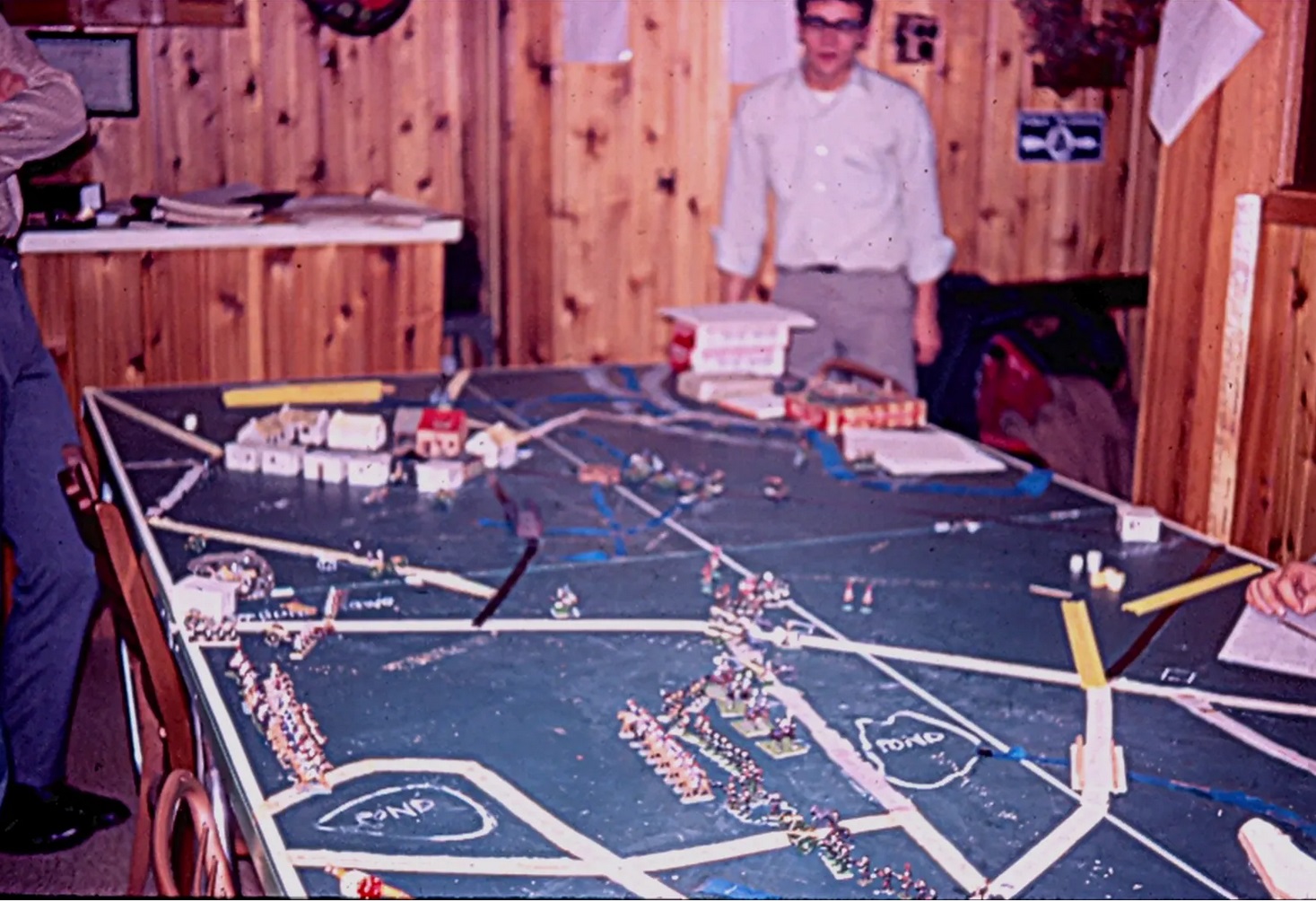TSR’s First Game Was All About Cavaliers And Roundheads – PRIME

TSR was created with the express purpose of publishing Dungeons & Dragons, the industry-defining RPG. Naturally, their first game was nothing like it.
The story of Dungeons & Dragons is in many ways the story of wargaming in North America. As the hobby spread its wings from the early days of the 1960s and sparked a love of battle and recreation in gamers throughout the midwest, and in particular the areas in and around Lake Geneva, Wisconsin, so too did the appetite of these gamers grow–whetted not just for new ways of making little plastic soldiers fight one another, but for experiencing a world as one of them.
Now you could say that D&D begins with Braunsteins, a wargame that involved specific characters that weren’t necessarily involved in a fight–you might have the town priest who is looking to keep the civilians safe as fighting breaks out, or a student revolutionary leader whose sole task is to distribute propaganda and revolutionary leaflets throughout the zone. And sure, it’s here that Dave Arneson and Gary Gygax, the creators of Dungeons & Dragons met and first realized what sort of magic they’d stumbled into here, if only they could point a game at the role-playing experience.
But making games takes money. As the old adage says, if you want to make a small fortune, first start off with a large fortune. And in 1972, before Dungeons & Dragons could be printed, before TSR even had any letterhead, they had… a severe lack of funds. This was one of the reasons that Dave Arneson isn’t a founder of Tactical Studies Rules, and is instead one of the later employees of the company (which would ultimately result in a hard-fought lawsuit). But that still leaves TSR with a need… a need for cash.
Enter Jeff Perren. Jeff Perren was an early member of the Lake Geneva Tactical Studies Association, whose game the Siege of Bodenberg was one of the foundational inspirations for D&D. It would later evolve into Chainmail, which took medieval wargaming and made it a 1:1 model system which is where D&D comes from. But the other thing that Perren did for TSR was create their first game.
In 1973, TSR, looking for a quick influx of cash would publish a game with the express purpose of raising enough money to let them publish Dungeons & Dragons. With financing from Gary Gygax and Don Kaye, the original partners in TSR, the revenue from this game was to be the foundation upon which TSR’s roleplaying empire would be built.
Which means that they were looking for a quick and practically guaranteed cash-grab. Which is no judgement on them–the RPG industry is full of quick and dirty cash-grabs. The d20 boom in the early aughts is full of them. Whole publishers could feast upon quick and dirty cash-grabs–but it’s worth mentioning that that’s what this game was because it tells us the measure of the wind of the gaming scene just before the launch of Dungeons & Dragons.
Wargaming had been the order of the day and in Lake Geneva in particular, medieval wargaming had supplanted the usual Civil War or World War recreation games. You can see this fact echoed in TSR’s first game: Cavaliers and Roundheads.
Set in the age of pike & shot, this game was a historic wargame that, as the name suggests, takes place during the English Civil War when the Parliamentarians fought against the Royalists in a battle to decide who would have supreme control over the executive administration of England. Roundheads sought to implement a constitutional monarchy, but King Charles I and his supporters wanted a return to absolute monarchy.
All of which led to many battles fought with pike and shot infantry. Brigades of musketeers would volley fire into different troops, while cavalry would charge and pike infanrtry would try and protect them–it’s exactly the kind of tactical combat that would sort of inform D&D without actually defining it, that makes in theory for a good wargame.
Cavaliers and Roundheads used Chainmail’s resolution system to great effect. You had basic troop types like pikemen, heavy infantry, musketeers, cavalry, and… lobsters. Which aren’t actual lobsters, but are rather a troop type who wear a lobster-tailed pot helmet, indicating cavalry, and elite cavalry at that.
It was a grand experiment in wargaming, but it didn’t sell well. At least not well enough for TSR. Gygax and Kaye wanted to release the game as soon as possible. But as Gygax puts it:
“If we had waited until sales of our one set of military miniatures rules, ‘Cavaliers & Roundheads’, generated sufficient funds, it would have been 1975 before we could publish.”
But though C&R didn’t fund D&D, it still earned its place in the annals of gaming’s long and twisting history.










